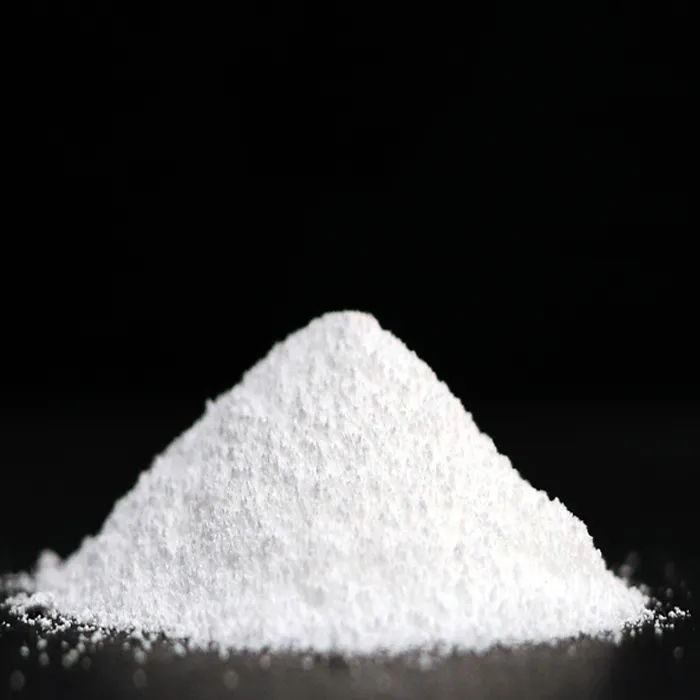Oral Pentoxifylline A Comprehensive Overview
Pentoxifylline is a xanthine derivative that has become a subject of interest in the field of medicine, particularly within the context of vascular health and peripheral arterial disease (PAD). Originally developed as a treatment for improving blood flow in patients with circulatory problems, pentoxifylline has been found to exert a range of pharmacological effects that make it relevant in various clinical scenarios. This article delves into the mechanism of action, therapeutic applications, advantages, side effects, and current research surrounding oral pentoxifylline.
Mechanism of Action
Pentoxifylline works primarily as a rheologic agent, which means it alters the flow properties of blood, improving its viscosity and enhancing circulation. The drug achieves this by increasing the flexibility of red blood cells, leading to improved microcirculation and oxygen delivery to tissues. Additionally, pentoxifylline has anti-inflammatory properties, reducing the expression of various inflammatory mediators, which may contribute to its overall therapeutic effects in conditions characterized by inflammation and compromised blood flow.
Therapeutic Applications
One of the primary indications for oral pentoxifylline is the management of intermittent claudication—a condition characterized by muscle pain during physical activity due to insufficient blood flow. Clinical studies have demonstrated that pentoxifylline can increase the pain-free walking distance for patients suffering from this condition, thereby improving their quality of life.
Beyond intermittent claudication, pentoxifylline is also used in treating other vascular-related disorders, such as chronic venous insufficiency and diabetic foot ulcers. In these scenarios, improving peripheral circulation can significantly enhance healing outcomes and reduce the risk of complications such as infections or gangrene.
Furthermore, recent research has explored the potential role of pentoxifylline in managing certain autoimmune diseases and conditions characterized by chronic inflammation, such as rheumatoid arthritis and ulcerative colitis. The anti-inflammatory properties of the drug offer a promising avenue for mitigating symptoms and improving patient outcomes.
Advantages of Oral Pentoxifylline
oral pentoxifylline

One of the main advantages of oral pentoxifylline is its favorable safety profile compared to other therapies used for similar indications. While other agents may have a higher risk of causing side effects or drug interactions, pentoxifylline is generally well-tolerated by patients, making it a suitable option for long-term management of chronic vascular conditions. Moreover, the ease of oral administration adds to its appeal as a convenient treatment choice for patients.
Side Effects
Despite its benefits, oral pentoxifylline is not without side effects. Common adverse effects can include gastrointestinal symptoms such as nausea, vomiting, and diarrhea. Some patients may also experience headache, dizziness, or skin reactions. In rare cases, more severe side effects, such as thrombocytopenia (low platelet count) or liver abnormalities, may occur. It is crucial for healthcare providers to monitor patients on pentoxifylline to ensure that any adverse effects are promptly addressed.
Current Research and Future Directions
Research into pentoxifylline continues to evolve, with ongoing studies examining its efficacy in a variety of clinical contexts. Recent trials have focused on its potential benefits in combination therapy with other treatments, particularly in the realm of wound healing and the management of diabetic complications.
Moreover, there is a growing interest in understanding the genetic and molecular mechanisms behind pentoxifylline's effectiveness. By identifying specific patient populations that may benefit the most from therapy, clinicians can better tailor treatment approaches and optimize patient outcomes.
Conclusion
Oral pentoxifylline is a valuable medication in the management of conditions associated with impaired blood flow and chronic inflammation. Its unique mechanism of action, along with its relatively safe profile, makes it an essential tool in modern medicine. As research continues to uncover new applications and mechanisms for pentoxifylline, its role in treating various vascular-related disorders and inflammatory conditions is likely to expand, offering hope and improved quality of life for many patients. Whether utilized alone or as part of a comprehensive treatment strategy, oral pentoxifylline holds significant promise in enhancing vascular health and supporting overall well-being.

